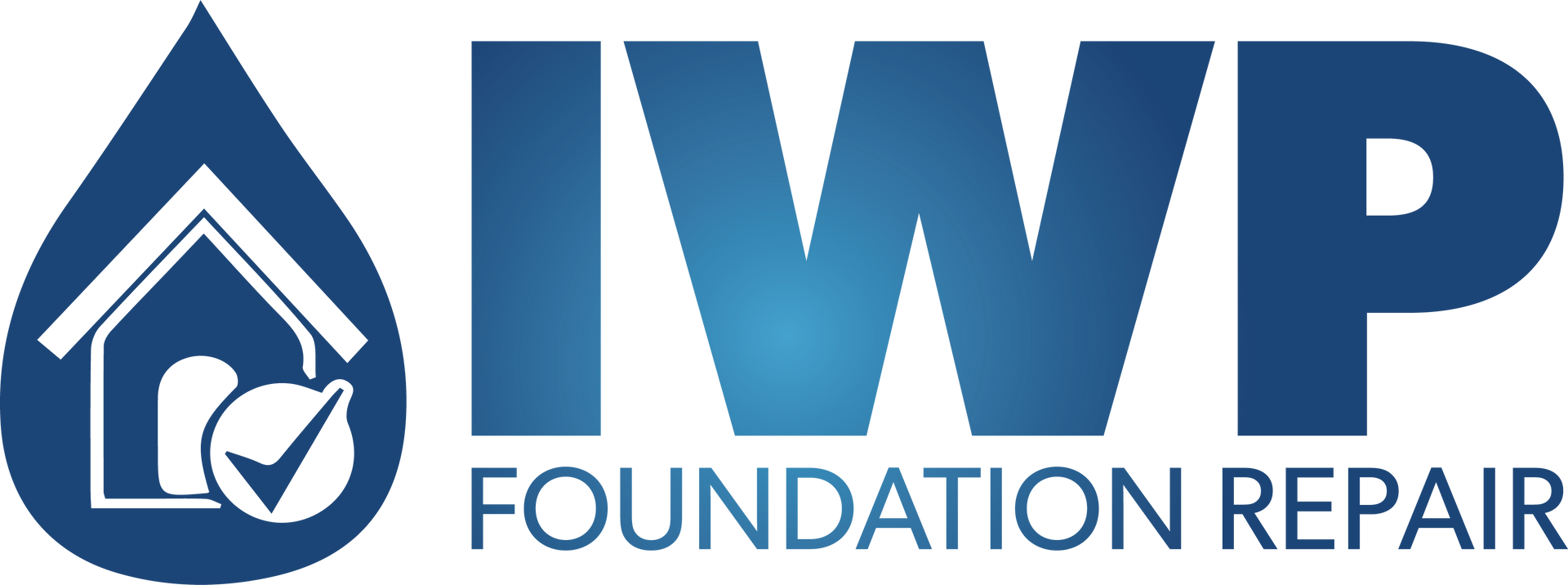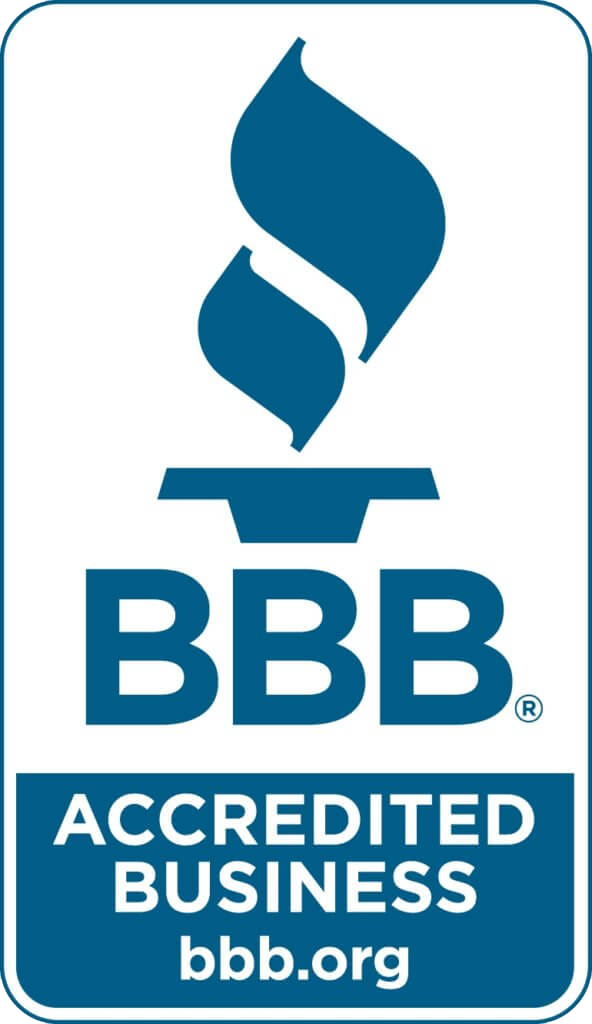Understanding High and Low Water Tables in Kansas
Navigating the Depths: Understanding High and Low Water Tables in Kansas
Nestled in the heart of the Great Plains, Kansas is a state known for its expansive prairies, diverse landscapes, and agricultural prowess. Beneath the surface lies a hidden dynamic that significantly influences the state's ecosystems and poses unique challenges to residents and farmers alike- the water table. In this comprehensive exploration, we will delve into the intricate dance of high and low water tables in Kansas, unraveling the impact on groundwater availability, agricultural practices, and the daily lives of Kansans.

Understanding Water Tables
The Basics of Water Tables
A water table is the level at which the ground is saturated with water. It represents the upper boundary of the zone of saturation, where the soil and rock are filled with water. In Kansas, the water table is a dynamic entity, fluctuating in response to various factors such as precipitation, temperature, and human activities.
High Water Tables in Kansas
Kansas, like many other states, experiences fluctuations in its water table levels. High water tables are characterized by the close proximity of the water table to the land surface. This occurrence can be influenced by factors such as excessive rainfall, melting snow, or a rapid influx of water from rivers and streams. While high water tables are essential for maintaining soil mixture and supporting natural ecosystems, they can pose challenges, especially during periods of heavy rainfall or flooding.
Low Water Tables in Kansas
Conversely, low water tables occur when the water table drops below the reach of plant roots. This phenomenon is often associated with extended periods of droughts, increased water extraction for agricultural and municipal use, and other factors that lead to decreased groundwater recharge. Low water tables can have significant implications for agriculture, as crops may struggle to access the necessary moisture for optimal growth.
The Agricultural Impact
High Water Tables and Agriculture
In regions where high water tables are prevalent, farmers face a delicate balance. While the abundance of groundwater can be beneficial for crop irrigation, excess moisture can lead to waterlogged soils, affecting root health and nutrient absorption. Effective drainage systems become crucial in managing high water tables to optimize agricultural productivity.
Low Water Tables and Crop Stress
On the flip side, low water tables present their own set of challenges. During drought conditions, crops may face stress due to insufficient moisture. Farmers often resort to irrigation, relying on wells and other water sources to supplement natural rainfall. Sustainable water management practices become essential to navigate the complexities of low water tables and ensure the resilience of Kansas agriculture.
The Role of Human Activities
Groundwater Extraction and Its Impact
Human activities, including agricultural irrigation and municipal water supply, play a significant role in shaping water table dynamics. Excessive ground water extraction can lead to declining water tables, impacting both rural and urban areas, Sustainable water use practices and conservation efforts are crucial to maintaining a balance between human needs and environmental health.
Technological Solutions
Advancements in technology have introduced innovative solutions to manage water tables effectively. Precision agriculture techniques, sensor-based irrigation systems, and real-time monitoring tools empower farmers and water managers to make informed decisions, optimizing water use and mitigating the impact of fluctuating water tables.
How Can Water Tables Effect Foundations?
In Kansas, fluctuations in the water table can significantly affect the foundations of homes. A high water table, which occurs when groundwater is close to the surface, can lead to increased hydrostatic pressure on foundations. This pressure can cause water to seep into basements or crawlspaces, leading to moisture issues such as mold, mildew, or even structural damage. Over time, excessive moisture weakens the matierlas in the foundation, increasing the likelihood of cracks and shifting, which can compromise the stability of the home. Homes built in areas prone to flooding or heavy rainfall are particularly vulnerable to high water tables, and without proper drainage systems or waterproofing measures, these foundations can experience long-term deterioration.
Conversely, a low water table, often caused by drought or extended periods of dry weather, can also be problematic. As the water table drops, the soil around a foundation can dry out and shrink. In areas with clay-heavy soil, this shrinkage is more pronounced, as clay expands the wet and contracts when dry. This can create gaps between the soil and the foundation, leading to settling or uneven support. As the foundation settles, cracks may form in the walls and floors, affecting the structural integrity of the home. Homeowners in Kansas must be mindful of both high and low water tables, as each can pose different risks to the longevity and safety of their foundations. Proper grading, drainage, and soil moisture control are essential to managing these potential issues.
In the vast expanse of Kansas, the ebb and flow of water tables weave a complex narrative the influences ecosystems, agriculture, and the daily lives of residents. Whether dealing with the challenges of high water tables and flooding or navigating the complexities of low water tables during drought, Kansans continue to adapt and innovate. Through sustainable water management practices, technological advancements, and a deep understanding of the dynamic water table landscape, Kansas stands resilient, ensuring a harmonious coexistence with the ever-changing currents beneath the surface. As we look to the future, the story of high and low water tables in Kansas serves as a reminder of the delicate balance required to sustainably manage one of the state's most precious resources- groundwater.
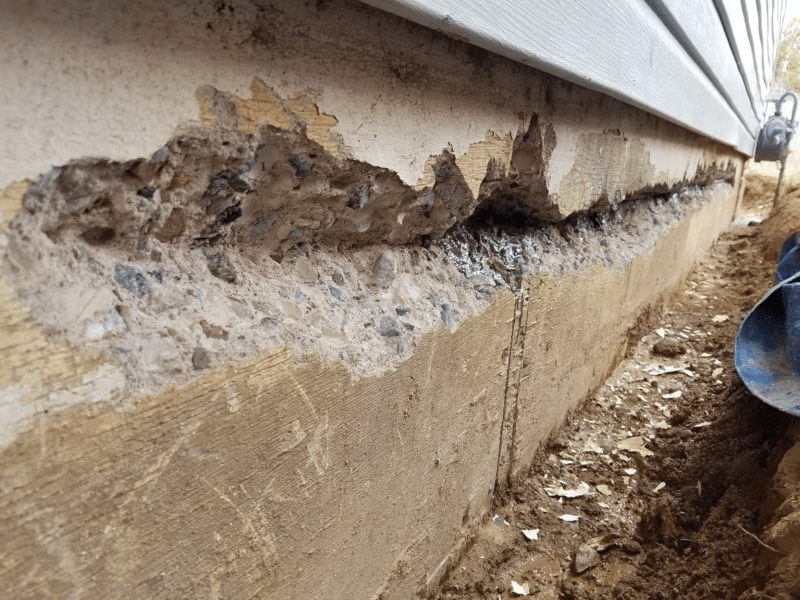
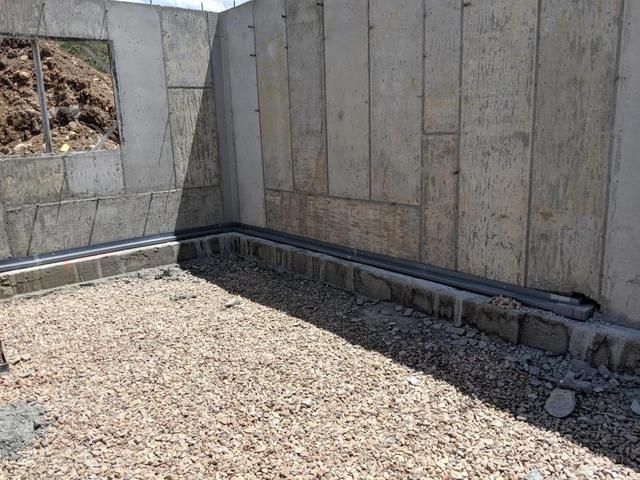


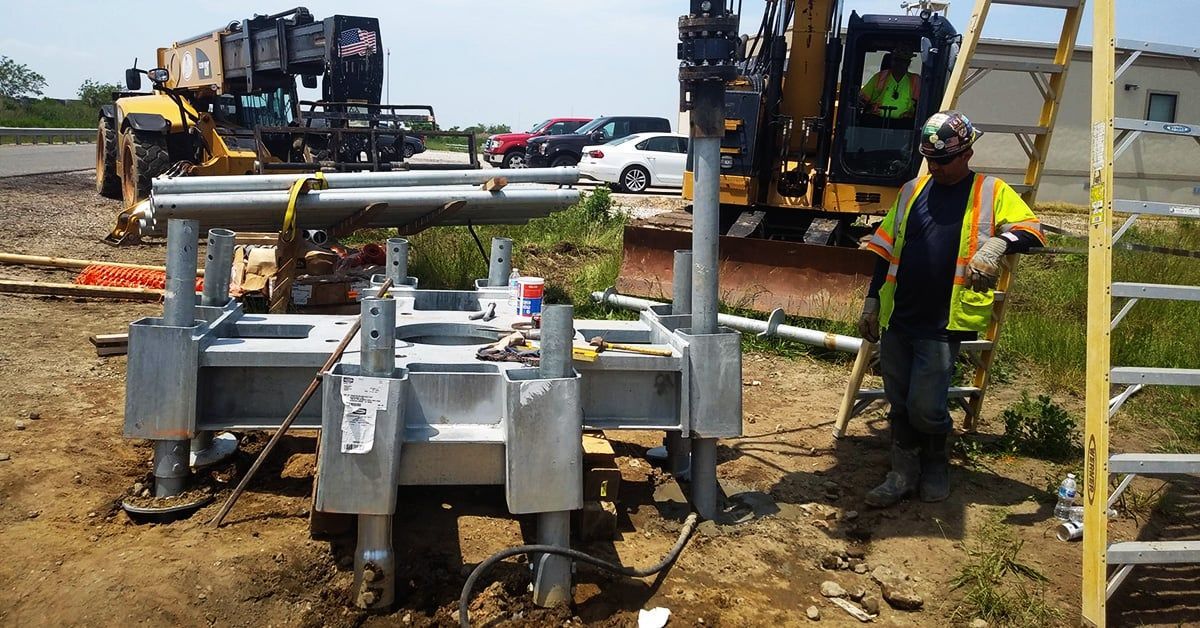





HAVE PEACE OF MIND WITH IWP FOUNDATION REPAIR
With over 30 years of combined experience in the business, you know that you can trust our team to get the job done right the first time. We value the customer experience, which is why we take the time to listen to your concerns, answer all your questions, and explain the best plan of action for your home. If you’ve noticed any foundation issues at all, no matter how minor they seem, you should call a professional. Our expert team is waiting for you, so call today for a free evaluation!
